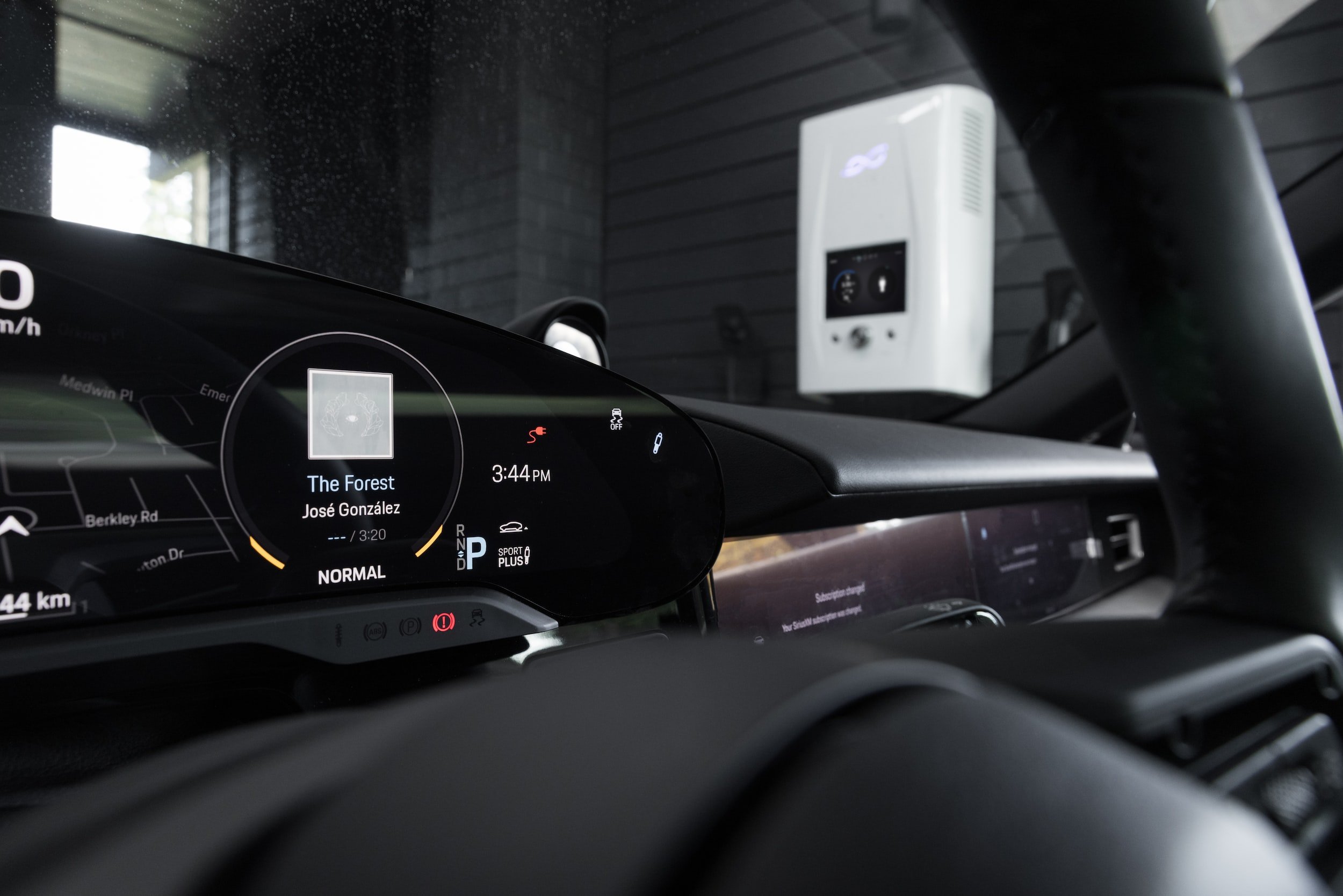Home Battery
Are you wondering whether to add a battery to your home but don’t know where to start?
Here is our quick-guide to help you understand: What does a home battery do? Is it worth installing a residential battery? How do I go about it?
What does a home battery do?
Residential batteries are roughly the size of a small radiator and can be fitted on the inside or outside of your home. These batteries are typically used to store energy generated by renewable sources such as solar panels, for backup power, or to take advantage of variable energy prices. Residential batteries come in a variety of sizes and types, and they can be used in conjunction with other renewable energy technologies to create a more sustainable and efficient home energy system.
Three reasons you may want to install a home battery:
Storing electricity from your solar system during peak generation hours (daytime) for use in the evening and overnight,
Guarding against grid power outages to help provide a continuous power supply to your home,
Taking advantage of variable electricity prices such as tariffs that become cheaper overnight.
Destination of Solar Generation from the Author’s 80m2 (16 kW) Solar PV/Battery system. Shows 70% self-consumption, 26% usage via home battery (13.5 kWh capacity), and 4% exported to the grid.
Is it worth installing a residential battery?
The financial benefits of adding a home battery to your home solar system depend on 3 key factors; the amount of electricity you generate, the percentage of that electricity which you consume, and the price of grid electricity.
Electricity Generation: This is the amount of solar electricity generated by your solar panels. If you already have a home solar system then you can check your annual generation. If you are looking to install a new solar system, then check our Home Solar guide to estimate annual generation based on your location and available roof space.
Percentage Export: This is the percentage of your solar generation which you export to the grid rather than consume – solar electricity is generated during daylight hours with peak output at midday. If you already have a home solar system, then you can check your self consumption and export quantities. If you are looking to install a new solar system, then a rough assumption will be 60% self-consumption and 40% exported electricity.
Price of Grid Electricity: This is the cost of buying electricity from a utility company now and into the future.
Rough Calculations
The required size of the battery installation will depend on the size of your solar system and the quantity of electricity which is not used by the house. To estimate the size (capacity) of the battery required use the following formula:
The savings on your electricity bill will depend on the extra electricity stored by the battery and used by the house, plus the price of grid electricity now and into the future. To estimate the annual electricity savings use the following formula:
The cost of the battery install depends on the size (capacity) of the battery. To estimate the battery install cost use the following formula:
The time to payback your investment will depend on the annual savings and the install cost of the battery. To estimate the payback period use the following formula:
A home battery will last ~10-15 years with little degradation in performance and no maintenance costs. So a payback period of around ~8 years or less represents a good investment for coupling home battery with home solar. Typically, battery systems make financial sense for larger solar systems (>40m2 roof space or >8 kW rated). But added incentives such as back-up for power outages, taking advantage of cheaper overnight electricity prices, or other income streams may further support the financial benefits.
How do I go about installing a home battery?
If the rough calculations make sense then the first step is to contact an approved installer in your region. Government websites usually provide a comprehensive list.
Get a few quotes to make sure you are happy with the estimated cost and performance. Installing a battery combined with a solar system will likely be the cheaper option as you may save on labour.
Ensure that you ask your installer about any government incentive programs.
What if a Home Battery is not for me?
For smaller solar systems the added cost of a home battery may not make sense. In this case there are still many ways of utilising that extra electricity and increasing the amount of self-consumption and electricity savings. This can be done by using electricity when the sun is at its most intense: set appliances such as washing machines, dishwashers, or water heaters to come on during peak sunlight hours, charge electric vehicles when the sun is at its most intense, turn pool pumps/heat pumps/aircon to operate through sunlight hours.
Useful Resources
Storing Energy Guide Energy Savings Trust : https://energysavingtrust.org.uk/advice/storing-energy/
Battery Storage, Centre for Sustainable Energy: https://www.cse.org.uk/advice/renewable-energy/battery-storage
This content is for informational purposes only, you should not construe any such information or other material as legal, tax, investment, financial, or other advice. No renumeration, incentives, or otherwise have been received from any company in relation to this post. Full Legal Disclaimer






